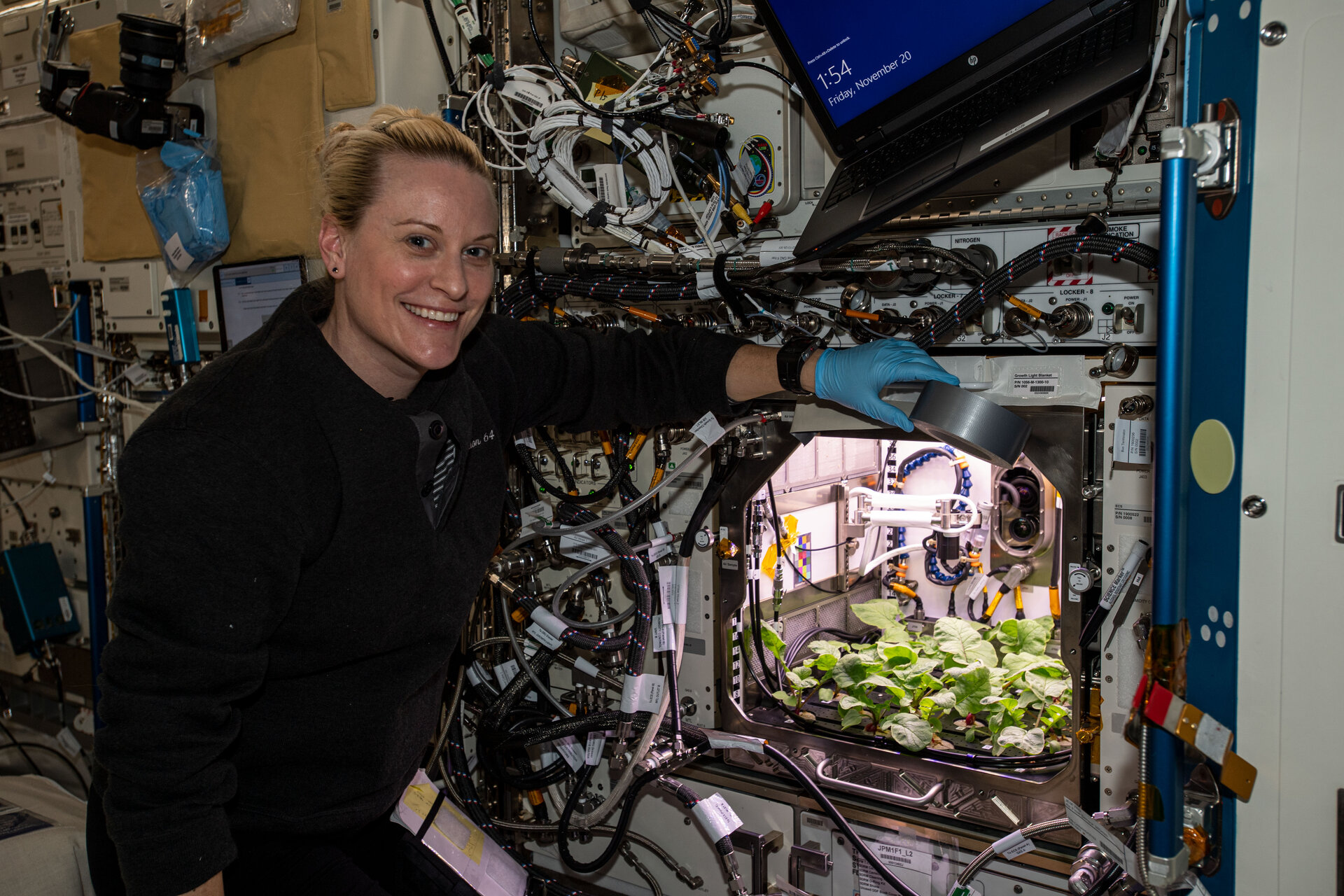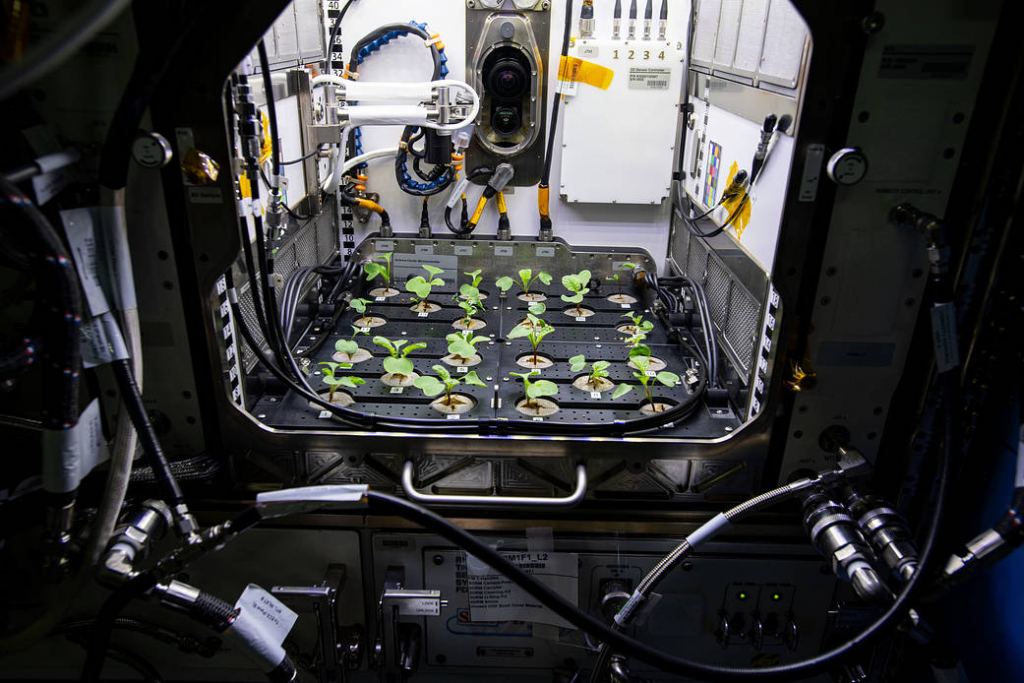

Radishes are a very divisive food – most people either love them or hate them. However, they are very easy to grow, and have now been grown in one of the most inhospitable environments of all – the International Space Station.
The particular part of the ISS that produced this crop of radishes isn’t particularly inhospitable compared to the heatless vacuum only a few meters away. The Advanced Plant Habitat, run by NASA and located in ESA’s Columbus module, is specially designed to be friendly to plants. In the past the module has grown fresh greens, both for astronauts’ own consumption and also for testing back on Earth.


The module isn’t just any old greenhouse either. The system is largely self-contained with 180 sensors and cameras which relay information directly back to Kennedy Space Center. A team there monitors plant growth as well as water consumption, temperature, and moisture levels. It also has a unique “disco effect” for the astronauts at night when the concentration of red and blue light that has been shown to be healthiest for plants results in a soft pink coloration of the surrounding habitat.
That pink matches perfectly with that divisive food that is currently growing in the Habitat, and the first set were harvested back on November 30th. Unfortunately (or fortunately?) for the space station’s residents, there was no taste testing involved – astronaut Kate Rubins put the radishes in cold storage awaiting a SpaceX resupply mission for a return trip to Earth in early 2021. There is also a control crop that was planted on the ground in “nearly identical” conditions. They were harvested yesterday and will be compared to the ones grown in the microgravity of the ISS.
The team running these parallel experiments was led by Karl Hasenstein of the University of Louisiana at Lafayette. He was assisted by teams from a few commercial organizations, including Techshot and the Sierra Nevada Corporation.
All of this effort was focused on what on the ground would be a relatively simple goal : grow some radishes. The edible root vegetable were picked for this experiment for a few reasons, not simply because the resident astronauts like them. One advantage radishes have is their short growing cycle. But arguably more importantly, they are genetically very similar to one of the most studied plants in space: Arabidopsis, or rockcress, one of the model organisms used for studying plant biology.
Rockcress isn’t particularly good to eat though, so radishes were selected as a friendlier, more edible version for the other living residents on the ISS. They will not be the last plants to grow in the Advanced Plant Habitat module though. In fact, the next set of radishes is already schedule to go into the Advanced Plant Habitat for a second round of the same experiment. Astronauts will continue to see the soft pink glow of the grow lights for some time to come.
Learn More:
NASA – Astronauts Grow Radishes in Second Advanced Plant Habitat Experiment
NASA – Astronauts Harvest Radish Crop on International Space Station
ESA – Rad dishes in space
Spacecenter.org – Mission Monday – Growing radishes in space
Lead Image Credit: Astronaut Kate Rubins shows off the radish crop she is able to harvest. Credit: ESA / NASA
In 2015, the United Nations adopted the 2030 Agenda for Sustainable Development—the Sustainable Development Goals…
Astronomers have been battling threats to their clear skies on all fronts lately. One of…
If you were Captain of the first USS Enterprise, where would you go!? Humanity is…
Now is the best time to observe Mars in 2025. Mars from 2014. Credit: Paul…
Scheduled for launch in 2027, the Nancy Grace Roman Telescope is slowly being readied for…
Few places in the solar system are better suited to a balloon than Titan. The…